There’s a video out there showing Chelsea footballers leaving training, all of them riding high in luxo SUVs. The most popular ride? The Lamborghini Urus.

And none of these footballer’s Lambos is standard, all with outrageous wheels or spoilers, or both.
Urus has been out for a few years, enough time for Lamborghini to sell over 20,000 of them, and so it’s due for an update, which includes the addition of a new Performante model.
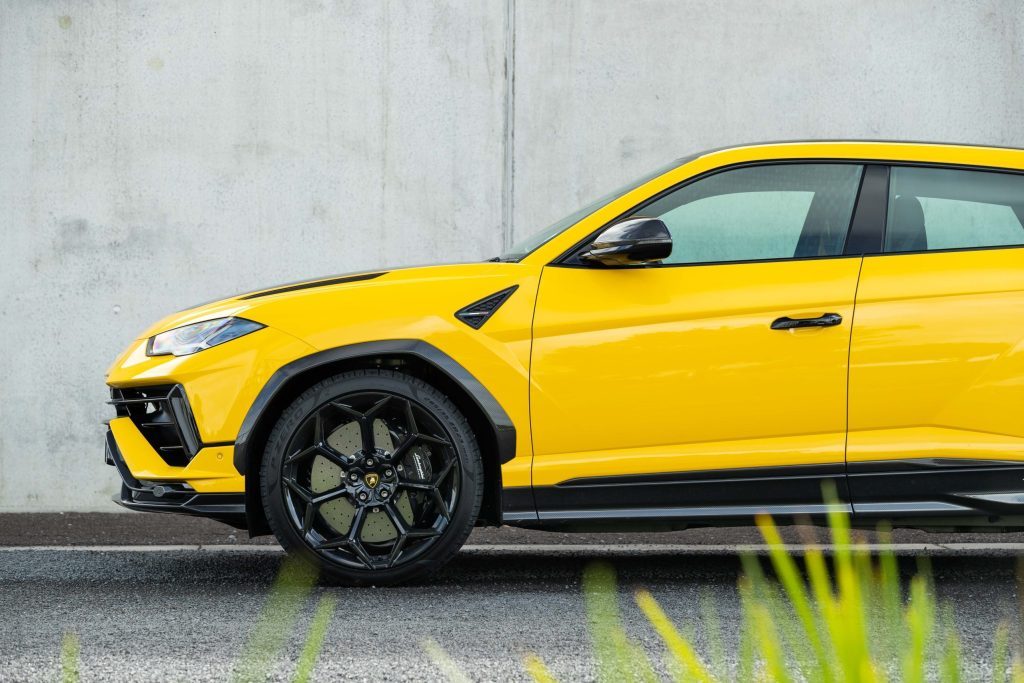
This adds bigger wheels, more carbon bling and enhanced aeros. Cue footballers the world over signing up, tailored as it is to their needs.
The Urus S is the new ‘entry model’, marking it out as having the revised and more powerful engine over the original Urus. The 4.0-litre twin-turbo V8 is now out to 490kW (previously 478kW) with 850Nm.
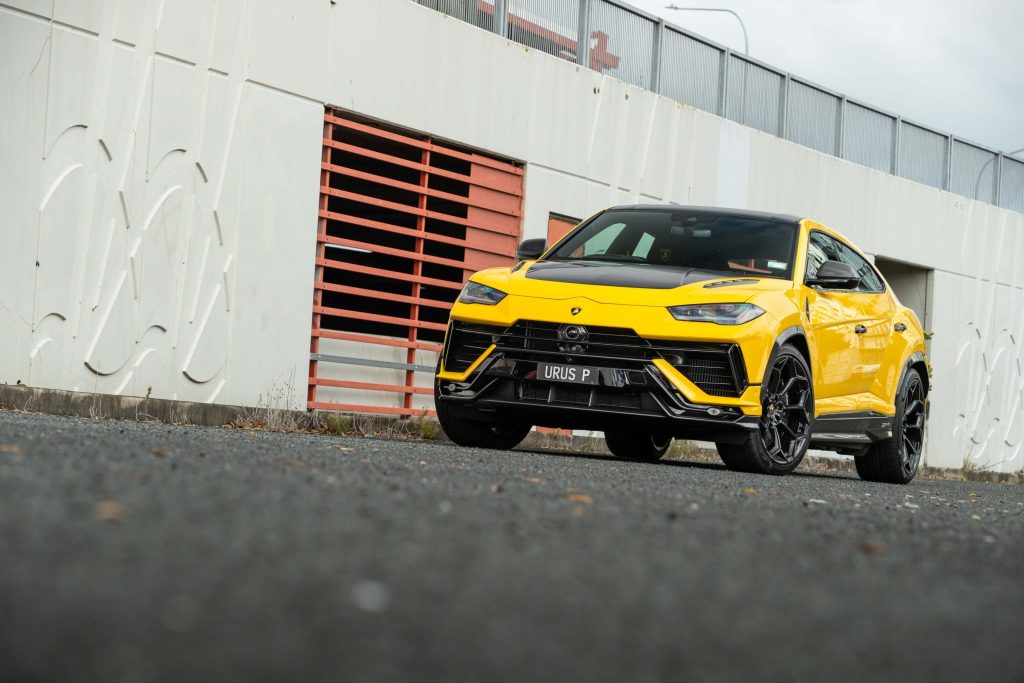
It’s used by both the S and Performante, but the latter is said to get to 100km/h in 3.3sec, and hit 200 in 11.5sec. The same figures for the S are 3.5 and 12.5sec; it seems the Performante gets its additional speed from its aero add ons (though most likely its the altered diff ratio).
There are carbon fibre bits everywhere; in fact, they reckon it has the most CF parts you’ll find on an SUV.
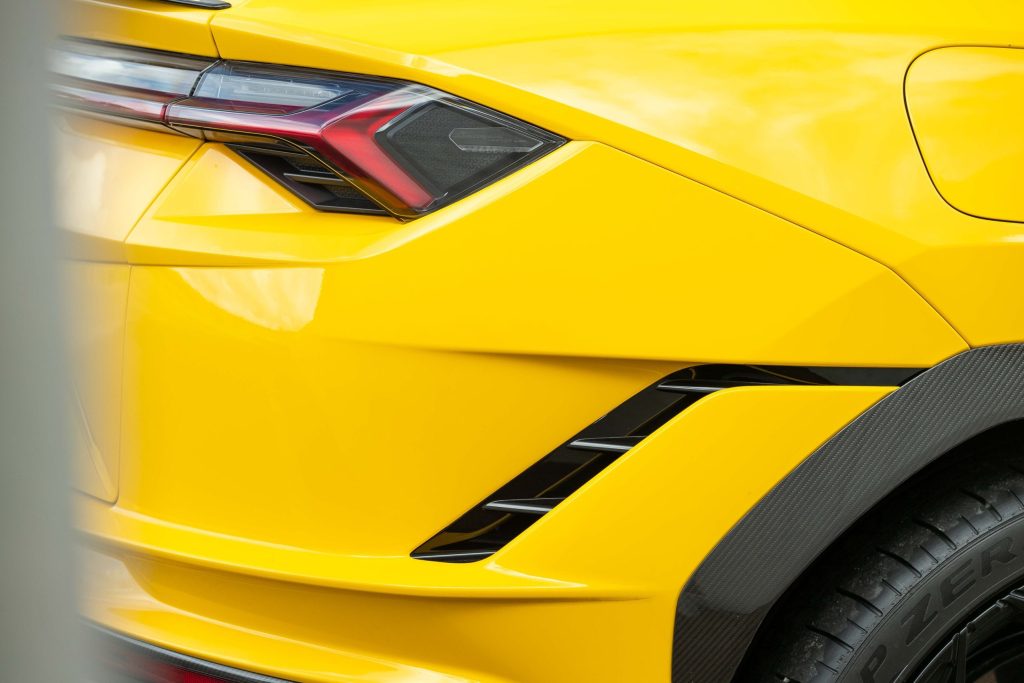
There’s a new CF front bumper with an integrated air curtain and splitter, the bonnet is CF, more of the stuff clads the wheel arches while the rear bumper, the roof and the Performante-specific rear spoiler are also fashioned from the material.
It’s literally dripping in the stuff. The new add ons are said to reduce both drag and lift at speed (downforce up eight per cent over the S), as the Performante is good for a top of 306km/h.
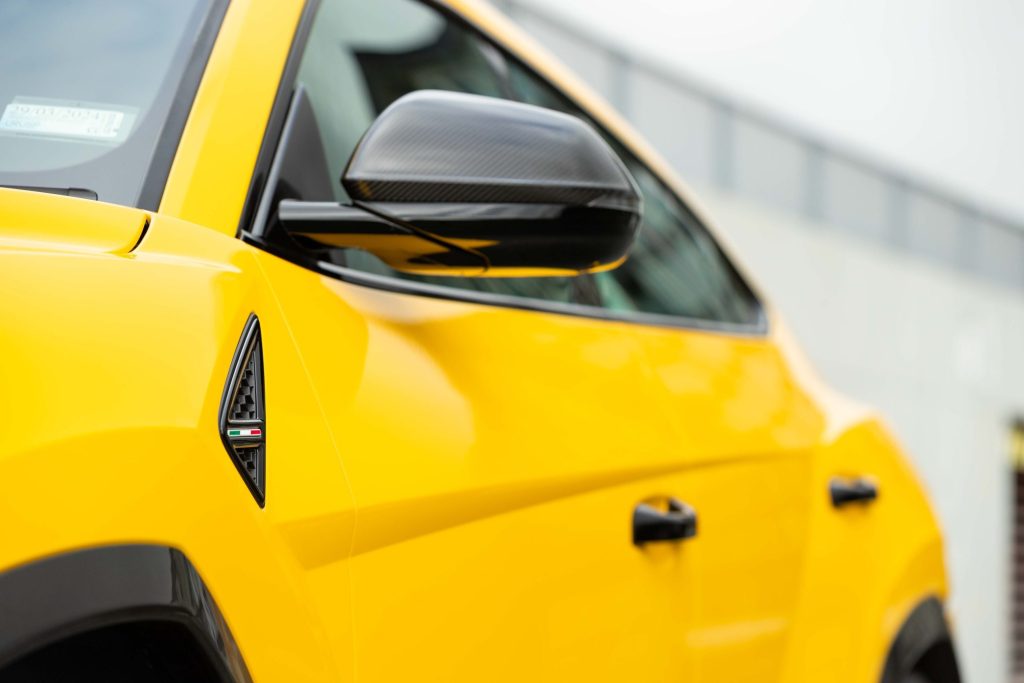
Another key difference between the models concerns suspension, the S still riding on air springs, the P on adaptive dampers and steel coils that have it sitting 20mm lower.
The track increases by 16mm (hence the need for the CF arches) while new 22-inch forged wheels (with titanium bolts) are wrapped in special Pirelli rubber. You can opt for 23s, naturally.
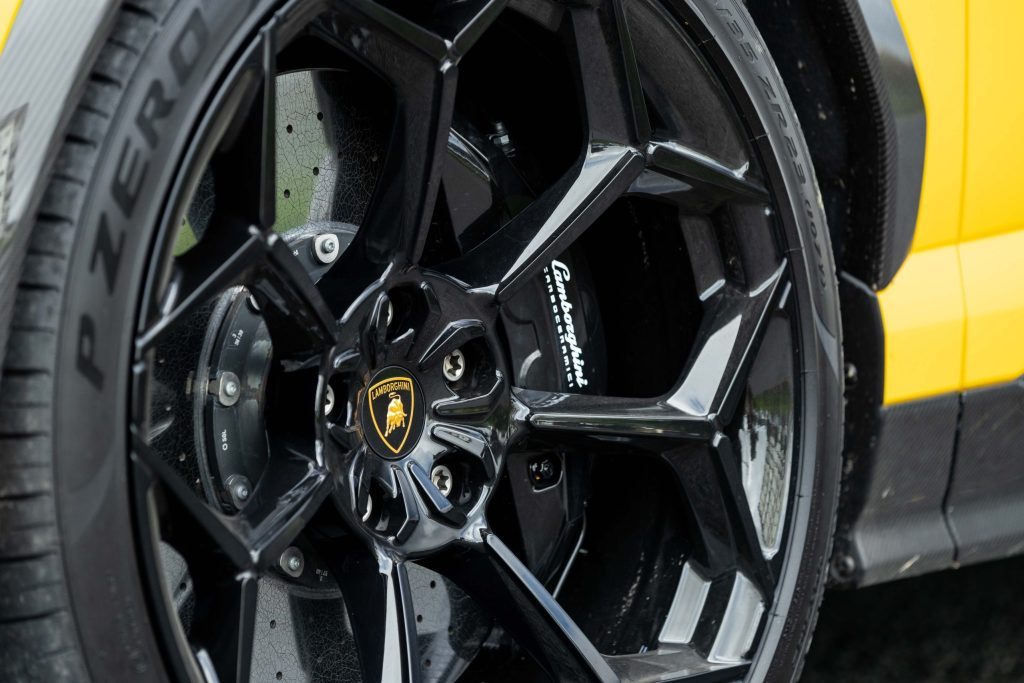
There’s more titanium in the lightweight Akrapovič sports exhaust, and so even though there are additional bits, the Performante is said to be 47kg lighter than the S. But it’s still a big bull, all 2150kg of Italian (slash German) beef.
There are a few chassis updates specific to the Performante with recalibrated steering up front and at the rear, the RWS now tuned for ‘faster intervention’ to improve agility and a new Torsen centre diff.
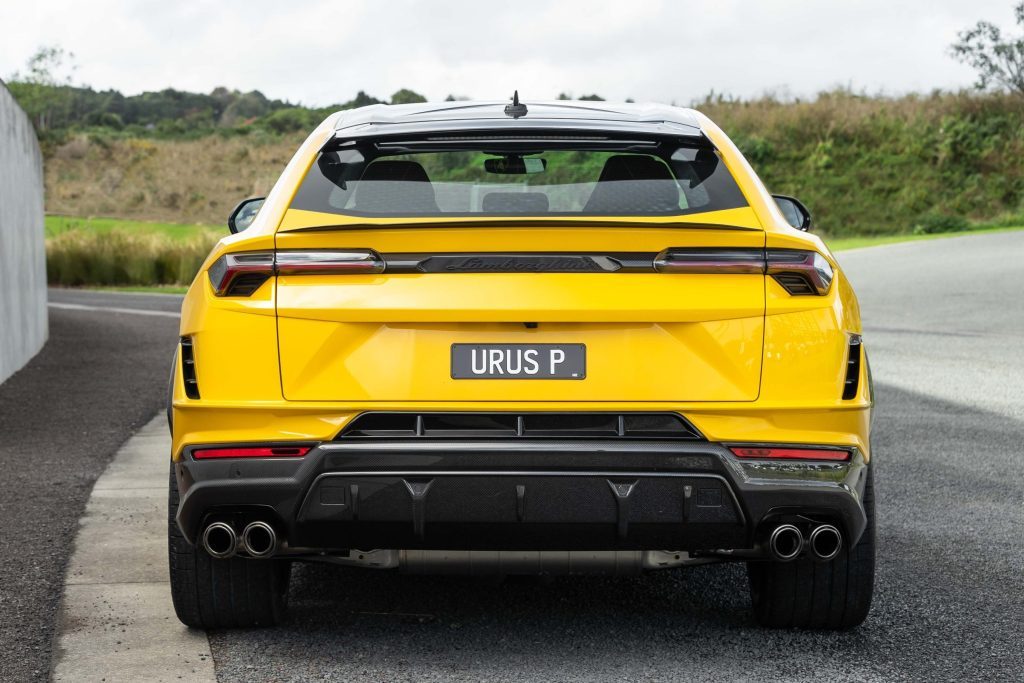
The drive modes have been tuned for the Performante’s character, Strada, Sport and Corsa returning, along with a new Rally mode, designed for rough surfaces.
Both Urus models come standard with carbon ceramic discs, 440mm in diameter up front and 370mm to the rear, as before.
The interior hasn’t been subjected to the same weight shedding regime as the exterior, although everything is trimmed in black Alcantara, the manmade material being lighter than cowhides.
And we mean everything; doors, roof lining, the cargo cover in the boot.
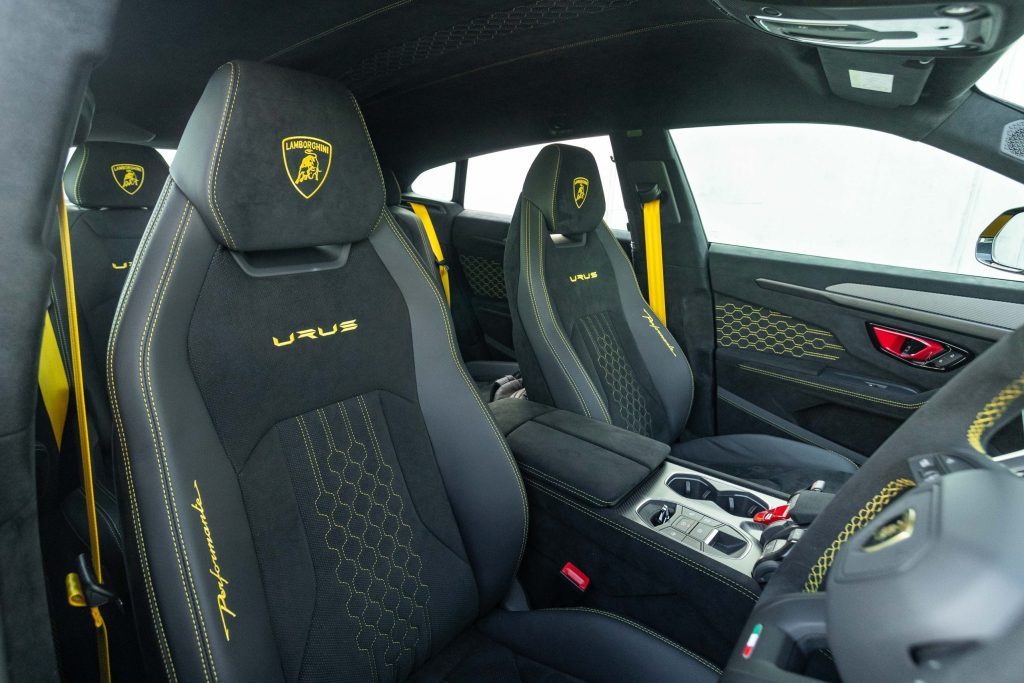
There is plenty of yellow stitching too, and splashes of CF. A few parts originate from cousin Audi, the touchscreen with its haptic feedback being one of them, albeit with Lamborghini-specific graphics.
Adding to the drama is the ‘Tamburo’ contraption on the console to select drive modes and gears (although not D, which is done by flapping the paddle behind the wheel).
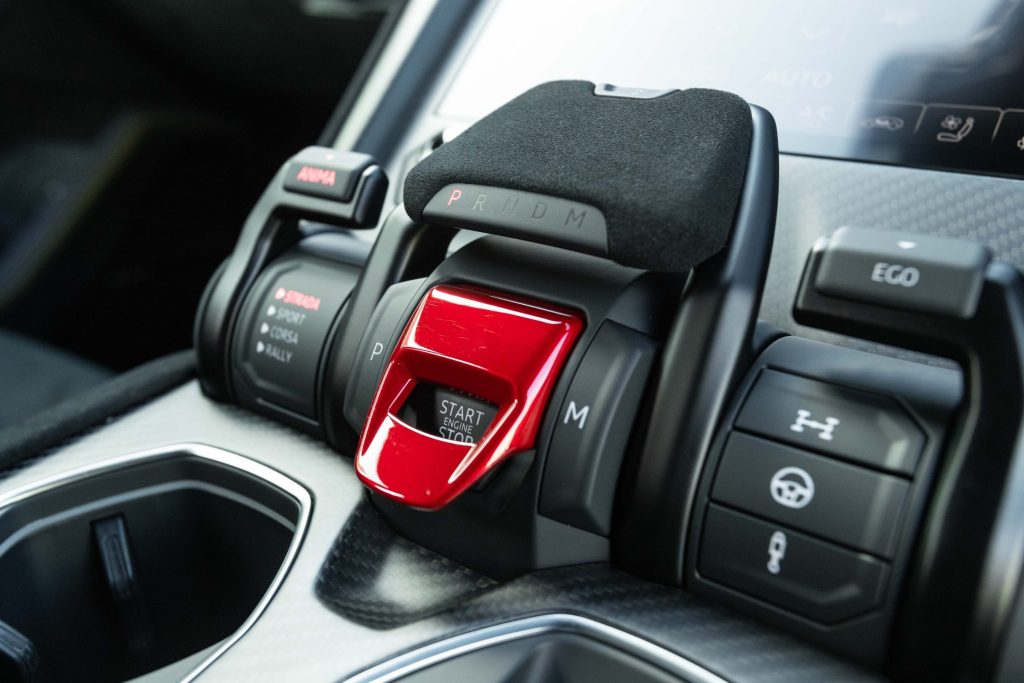
It also provides your hand with somewhere to rest while you’re poking away at the touch screen control system.
The reason they have sold so many of these is that even though it looks outrageous and goes like crazy, it’s also rather civilised.
But it’s still a Lamborghini; on start-up, the exhaust erupts loudly as it’s not enough to be seen in your Yellow Urus P – you have to be heard as well.
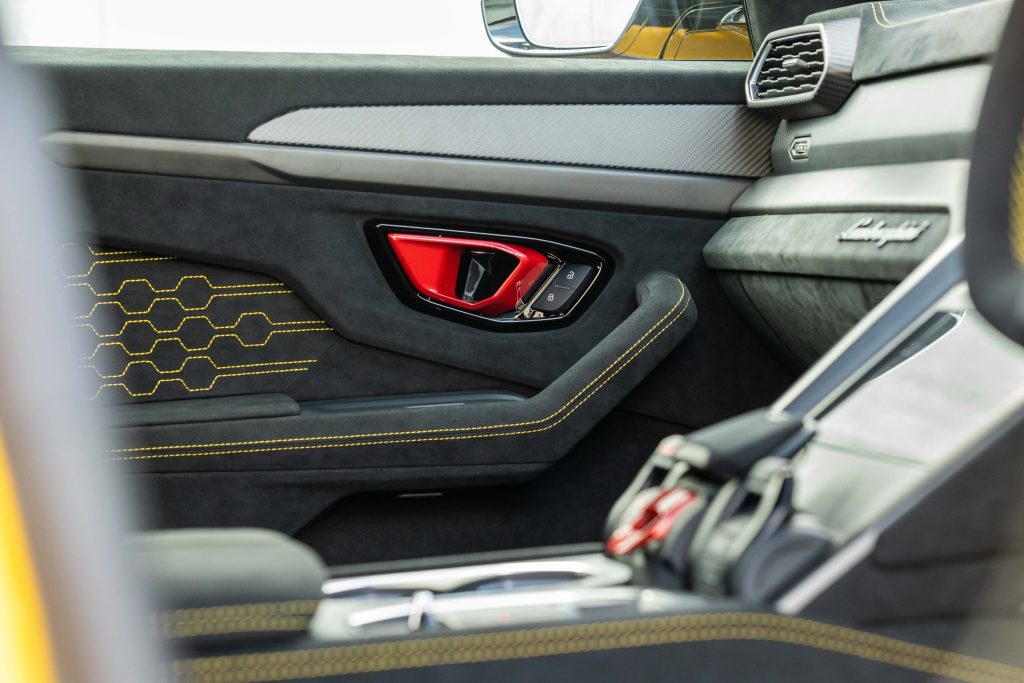
In Strada, everything is ‘smooth’ (which is Lamborghini’s description of said setting), the steering light, the ride commendable given the massive wheel and tyre combo and the powertrain is restrained, the exhaust note too. That said, a mere tickle of the throttle will send it onward in a hurry.
It’s an exotic looking weapon and is big (over 5.1m long) but the design makes it appear low slung, though it’s every bit the practical SUV. There’s a mass of legroom in the rear, headroom too, though it’s more of a 2+1 set-up.
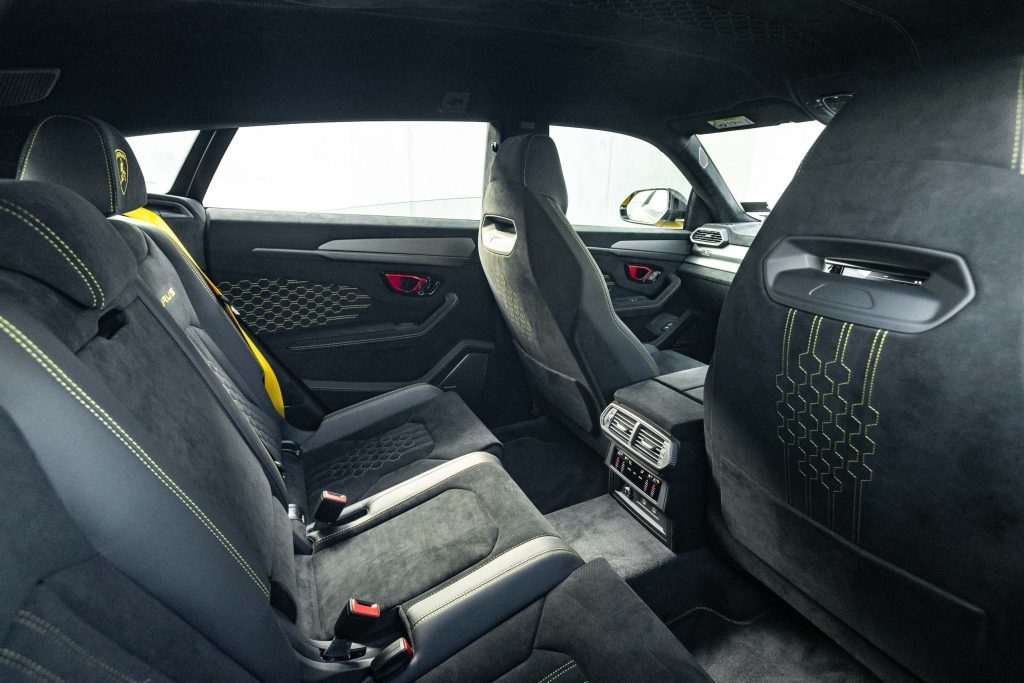
Rounding out the practicality is a big boot, with a folding rear seat split 40/20/40. But while the S can tow up to 3500kg, this prize bull won’t play the oxen, as the fancy CF rear splitter is incompatible with the tow bar.
This has everything you need with active cruise control, a decent surround view camera, a self-parking function even.
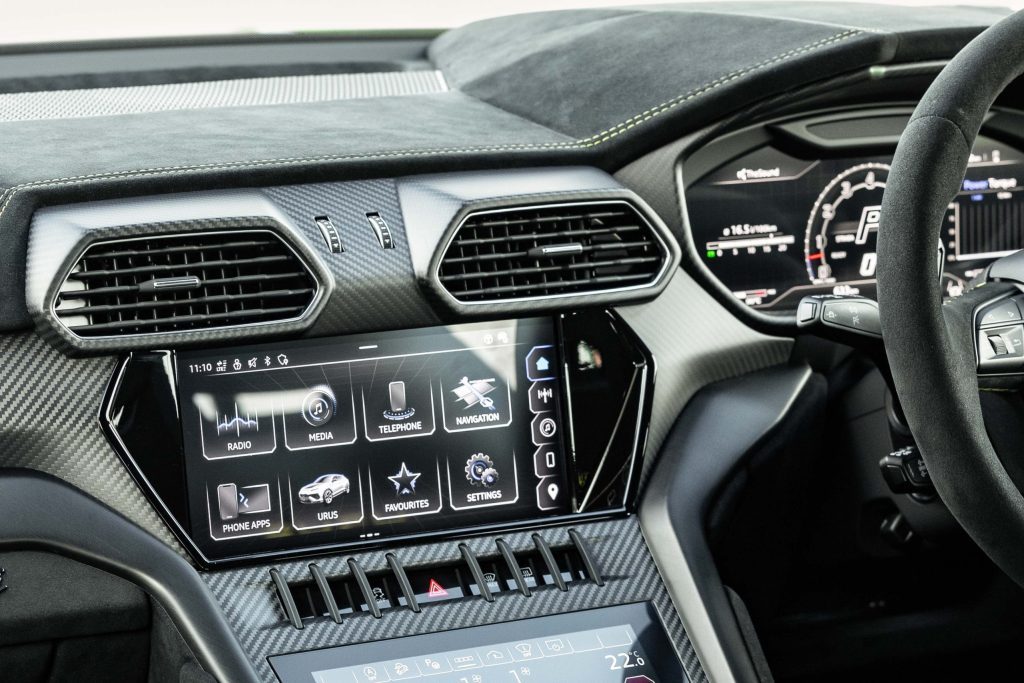
It is a Lamborghini you can easily slide into, no sill to negotiate, a seat that doesn’t constrict but rather comes with great adjustment (even a massage function) and there’s decent view out.
It even has an acceptable turning circle thanks to its rear wheel steer. It’s all very un-Lamborghini like. Except, that is, when you finally get the chance to put the throttle to the firewall.
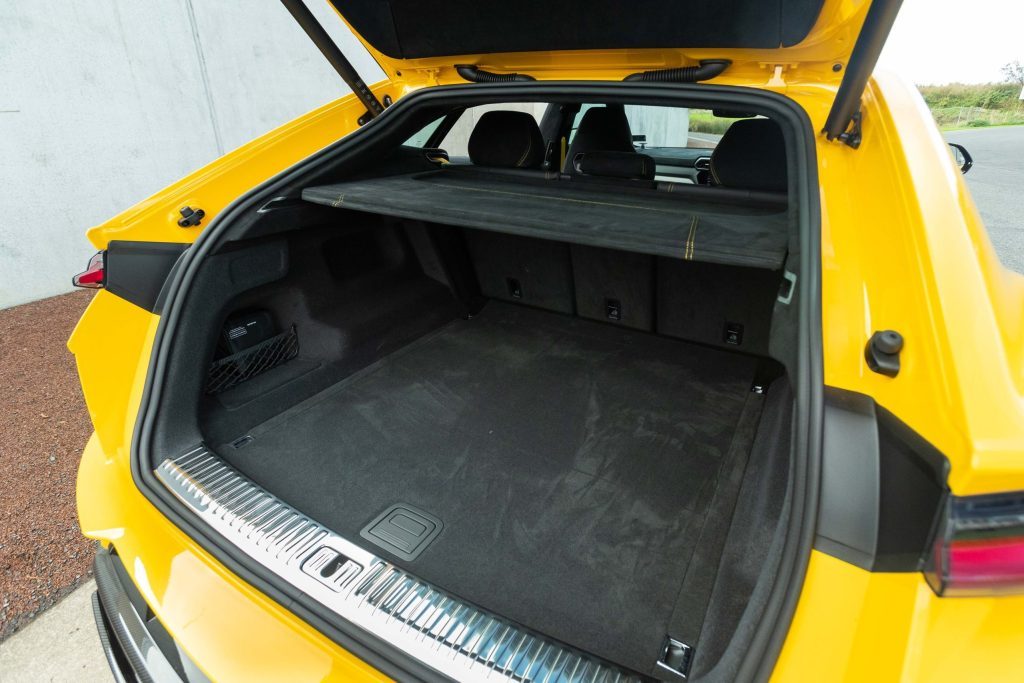
It’s not oodles quicker than the last Urus we tested, at least in a straight line, hitting 100 in 3.45sec, but that’s still crazy quick. And too much for some roads, where speed limits on many routes are now down to 80km/h, even 60 in places. At these speeds it’s merely ambling along.
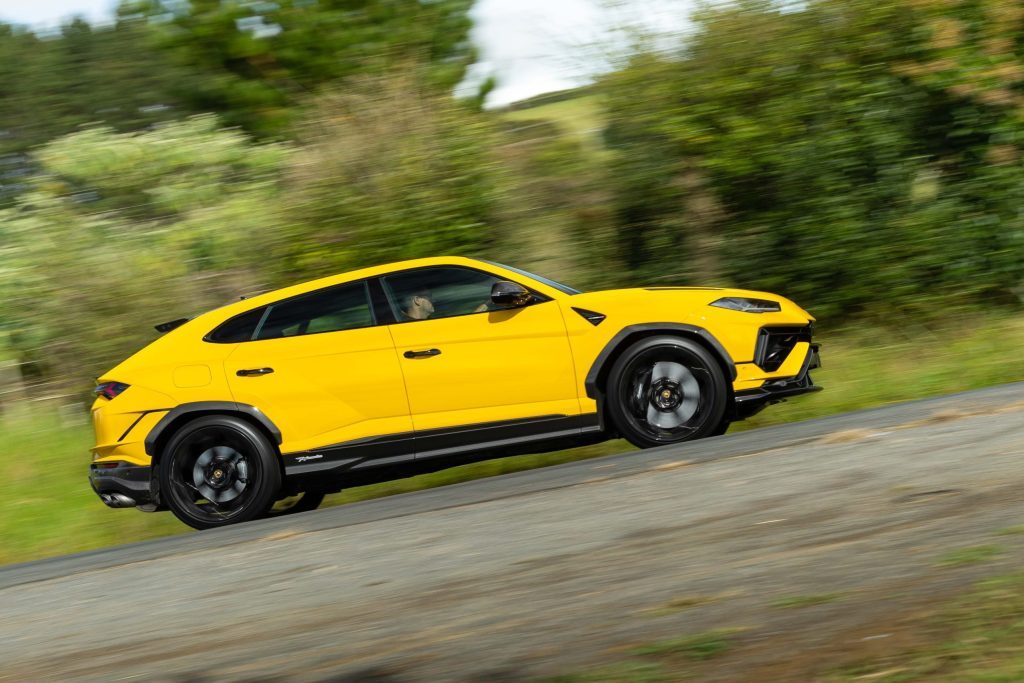
There is still the odd trail where you can give it a burst, albeit a short one. It’s an exercise in restraint because the V8 is always up for it.
The Sport mode keeps the auto lively, which ensures the herd is corralled in the go zone above 3000rpm and ready to bolt.
Keep the gas pinned and it pulls like the proverbial male Bos Taurus towards 7000rpm. And the throttle response is even sharper in Corsa.

Despite a four-cylinder mode it’s never easy on gas, mid-teens at best for urban running, while we saw a high of 24L/100km.
But jeez, it makes a good noise. It has a refined rumble in Strata mode, click it to Sport and there’s more volume and drama with crackles and pops on the overrun while in Corsa it’s fully antisocial, loud and raucous.

Of the drive modes, Sport is the happy place, Corsa just a little too sharp for the road. You can fiddle around with the powertrain response, steering and dampers in the Ego mode, but Sport does nicely.
No chance to try the new Rally mode, but apart from YouTubers, who really will?
We do like how this handles a corner. The brakes bite quick, the pedal firm while the eight-speed auto will drop a cog or two, keeping a head of steam up, as you balance it on the brakes and tip it in.
The steering is quick, accurate with a faithful assistance. The front end belies the overall mass and its distribution (58/42) as it hooks in fiercely, and clings on.
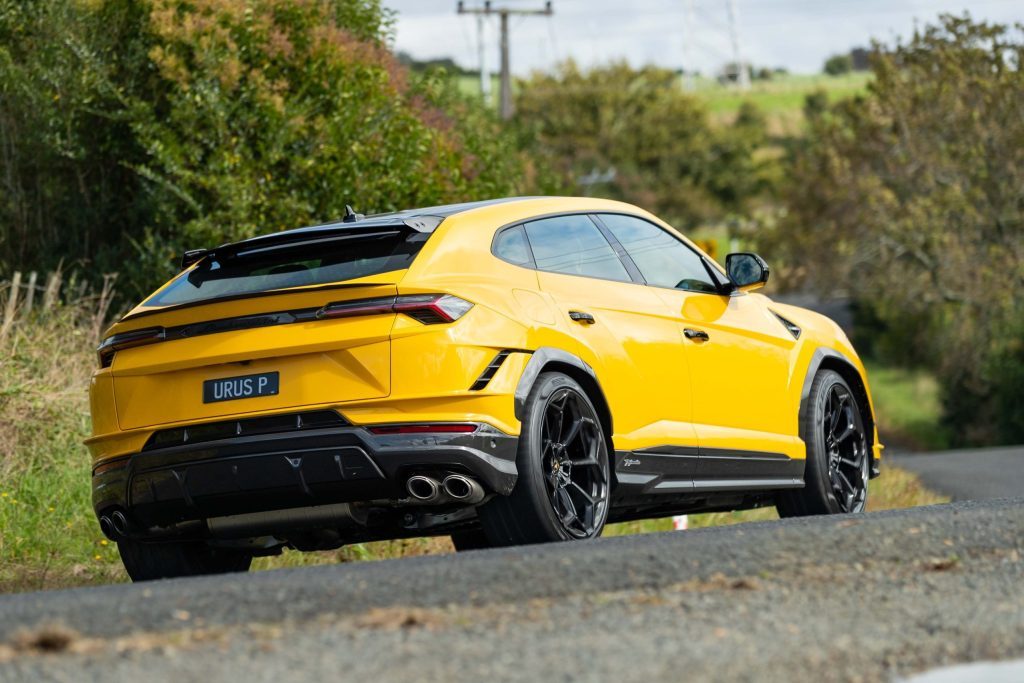
When that corner tightens, the Urus P has more to give; just keep winding on the lock and it will keep turning. That’s the marvel of an active torque vectoring rear diff, rear wheel steering and screeds of Pirelli’s finest.
There’s also TV by brake on the front helping too, while the electromechanical active roll stabilisation keeps it flat. And so you can mash the throttle rather aggressively on the way out as those 850Nm fling you off the bend.
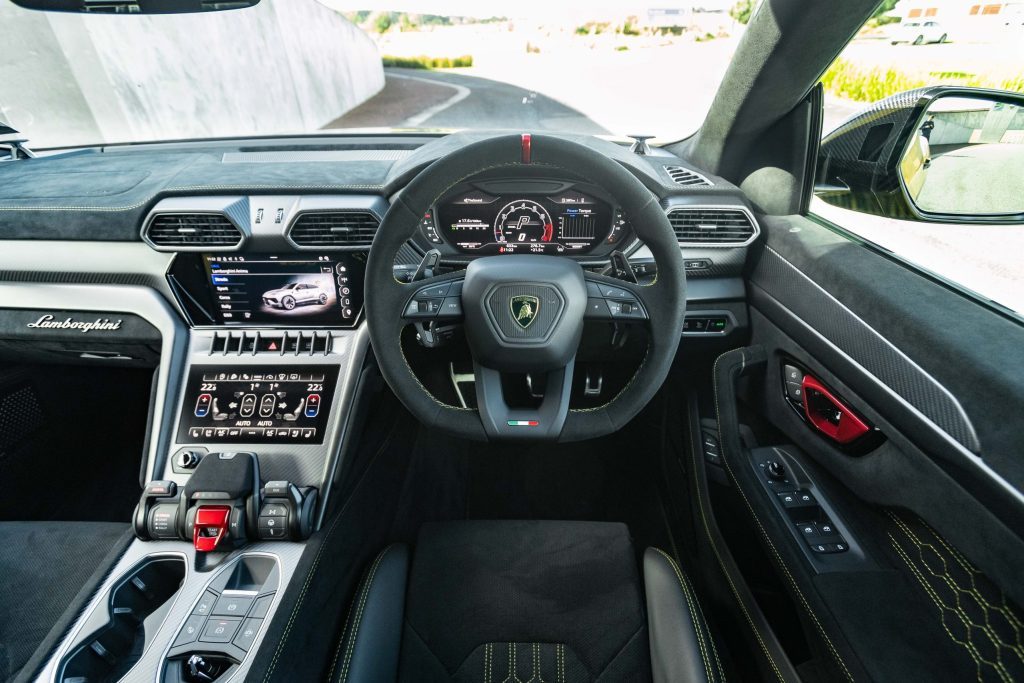
The weight makes its presence felt when braking; even though they’re properly powerful, they still have a task on their hands but the weight transfer is easy to manage. It certainly isn’t a clumsy cow.
The active dampers eliminate untoward dive and squat while still ensuring enough compliance in the Sport setting; bumps don’t worry this bull.
And with the pock marked road surfaces out there, this is a Lamborghini that will cope with the odd pothole encounter.
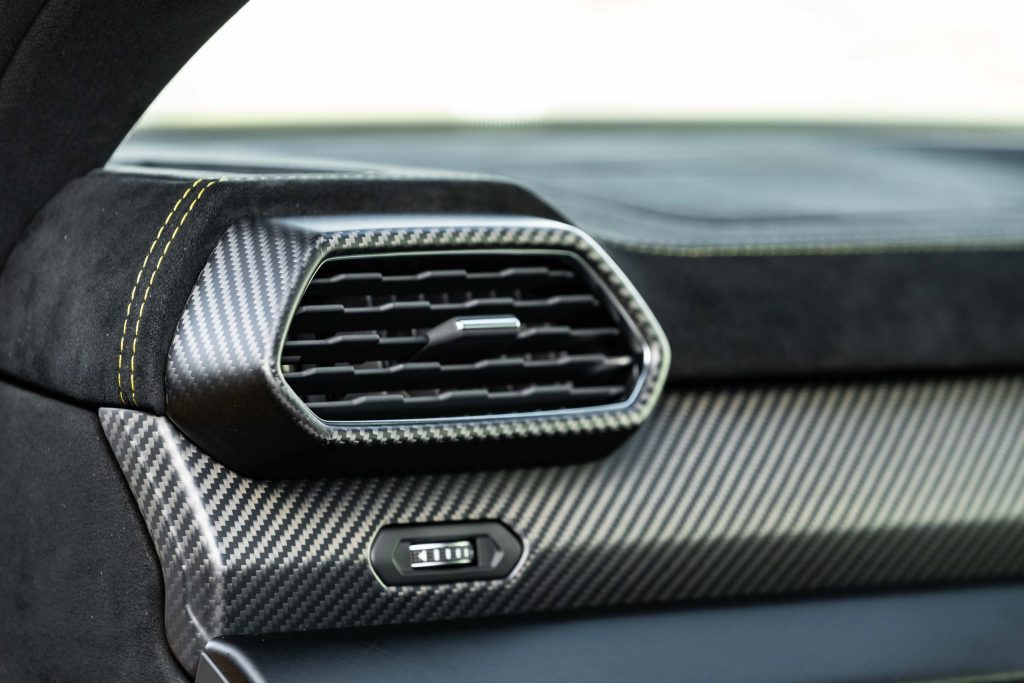
Prices have risen, and well ahead of the inflation curve. When it landed in 2018 it started at $339,000 whereas in 2023, the ‘base’ Urus S is now $395k before ticking up the options.
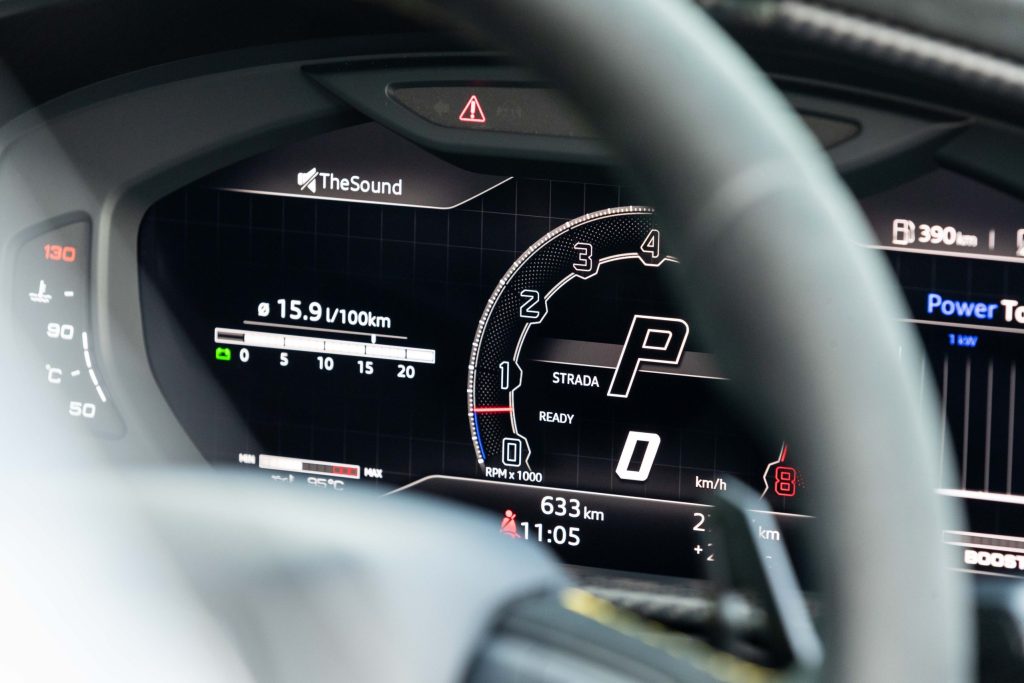
And the Performante is $445k, plus fees, ORCs and options. But that hasn’t been a hindrance to local Lambo fans, the allocation for our market already exhausted and the waiting list running to 2025.
That should give those yet to commit time to whittle that tax bill down further still.
| Model | Lamborghini Urus Performante |
| Price | $445,000 |
| Clean Car Discount | Fee – $5,175 |
| Engine | 3996cc / V8 / T / DI |
| Power | 490kW@6000rpm |
| Torque | 850Nm@2300-4500rpm |
| Drivetrain | 8-speed auto / AWD |
| Fuel Use | 14.2L/100km |
| C02 Output | 357g/km |
| 0-100km/h | 3.40 sec |
| 80-120km/h | 1.98sec (56m) |
| 100-0km/h | 34.10m |
| Stability systems | ABS, ESP, TV |
| Safety | AEB, ACC, BSM, LDW, RCTA, ALK, AHB |
| Luggage Capacity | 616L |
| Tow rating | Not rated to tow |
| Tyre size | f-285/35R23, r-325/30R23 |
| Wheelbase | 3006mm |
| Fuel capacity | 85L |
| ANCAP rating | Not rated |
| Weight | 2150kg |


